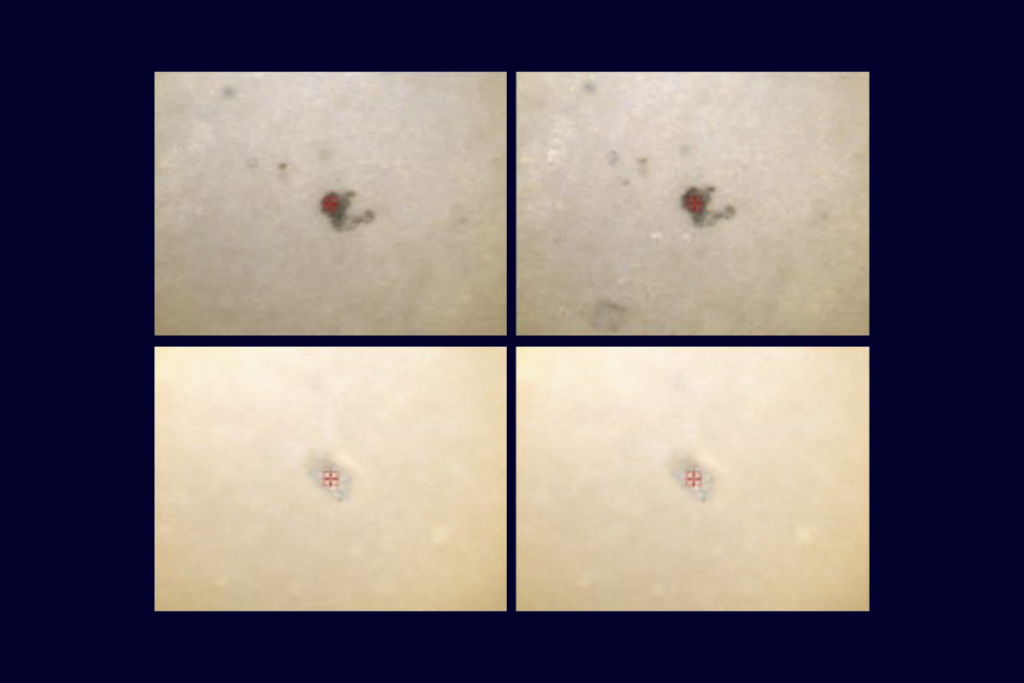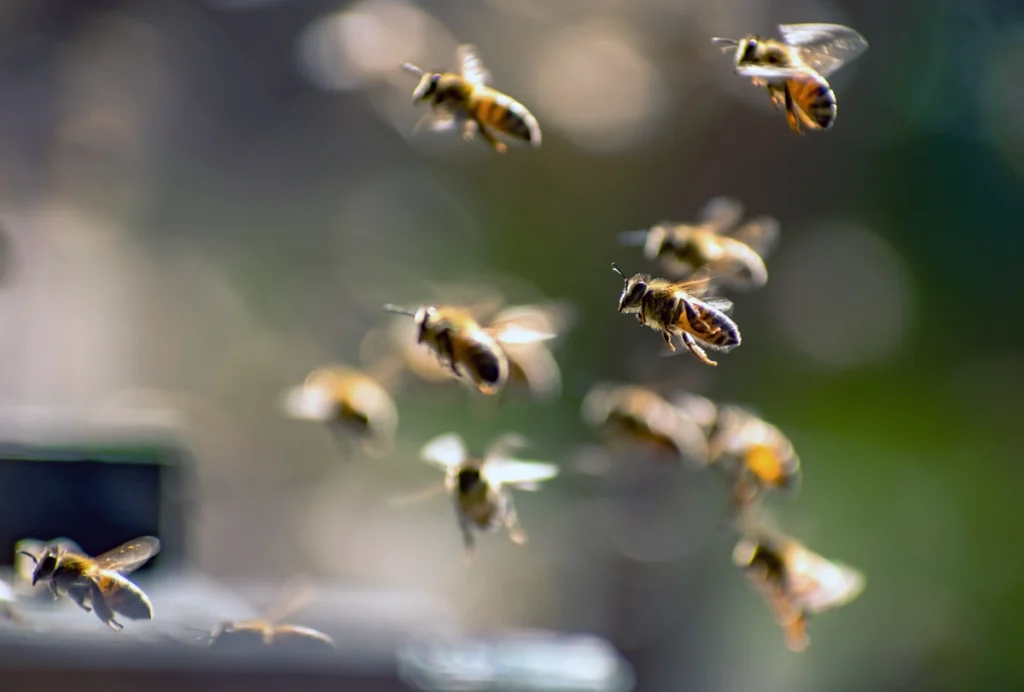The entire editorial boards of two leading neuroscience journals, NeuroImage and NeuroImage: Reports, resigned en masse on Monday over what they say are exorbitant article fees from their publisher, Elsevier.
The group intends to launch a new nonprofit open-access journal called Imaging Neuroscience, “to replace NeuroImage as the top journal in our field,” according to a statement posted 17 April to Twitter by an account called Imaging Neuroscience EiC. The statement was signed by all 42 editorial board members of both journals.
“We hope that we’ll be able to transfer the heart and soul of the journal with the complete editorship to the new publisher,” Til Ole Bergmann, deputy head of Johannes Gutenberg University’s Neuroimaging Center in Mainz, Germany, told Spectrum. Bergmann was co-editor-in-chief of NeuroImage: Reports and will be a senior editor at Imaging Neuroscience.
The editors announced their resignation to Elsevier simultaneously with the post to Twitter, Bergmann says, just days after the publisher denied the boards’ latest request to lower the fees. They aim to begin accepting submissions by mid-July, according to a Wednesday afternoon tweet from the same account.
Elsevier charges researchers a $3,450 article processing charge (APC) to publish their findings in NeuroImage and $1,800 to publish in NeuroImage: Reports, according to Elsevier’s website. Journals use APCs to make available to anyone content that would otherwise require a paid subscription. NeuroImage launched in 1992 and became open access in 2020, and NeuroImage: Reports, a companion journal focused on null results and registered reports, has been open access since its founding in 2021.
A
Andrew Davis, Elsevier’s vice president of corporate communications in Europe, confirmed the timeline with Spectrum, adding that discussions with the editors about the fees have been active since NeuroImage became open access. Elsevier put together an interim board to review new submissions and plans to transition to a permanent team, Davis says. The outgoing editors will manage any papers that have already been submitted.
On Tuesday, Elsevier posted jobs for an editor-in-chief and senior scientific editor for NeuroImage. The paid, London-based, full-time positions together had 14 applicants at the time this story was published, according to LinkedIn. None of the resigning editors were employed by Elsevier, Davis says.
“We value very highly our editors and are disappointed with the decision of the NeuroImage Editorial Board to step down from their roles, especially as we have been engaging constructively with them over the last couple of years as we transitioned NeuroImage to become a fully open access journal,” a statement shared by Davis reads.
This isn’t the first time Elsevier has seen mass resignations over its fees. In 2015, 37 editors and editorial board members resigned from the linguistics journal Lingua. In 2016, they founded the nonprofit open-access journal Glossa, which since 2021 has been published by the Open Library of Humanities. And in 2019, the staff of the Journal of Informetrics resigned and founded Quantitative Science Studies, which is published by MIT Press and is the official open-access journal of the International Society for Scientometrics and Informetrics.
The latest move is a clear signal that the conventional model for publishing scientific research is unsustainable, says David Amaral, distinguished professor of psychiatry and behavioral sciences at the University of California, Davis MIND Institute and editor-in-chief of Autism Research.
“We are in a precarious situation at this point in time,” Amaral says. If the editors create a successful business model for Imaging Neuroscience, “it’ll put some pressure on the big publishers to be more willing to negotiate.”
Autism Research, a Wiley title, charges an open-access fee of $3,500, Amaral says. It also has cheaper options for subscription-based content. It’s “inevitable” that the journal will become entirely open access eventually, he says, though that won’t happen before 2025 and would require negotiations to provide subsidies for researchers who can’t afford the fee.
A
NeuroImage’s closest competitor charges $3,900, Davis says.
“NeuroImage wasn’t the most expensive one, but it just happened to have an editorial board that took these things very seriously and wanted to make a change,” Bergmann says.
MIT Press plans to publish Imaging Neuroscience and hopes to finalize a publishing contract within a month, says Nick Lindsay, director of journals and open access at MIT Press. The publisher is “working on multiple funding scenarios” with the editors, Lindsay says, and is also seeking a partnership with a foundation or other funding support to keep the APC low.
“We’re really excited, and we’re so glad that they want to do it and do it with MIT Press,” Lindsay says. “We think it’s going to be great.”
The journal will keep the APC below $2,000, Bergmann says, and possibly as low as $1,000, though the final number is yet to be resolved. The editors will also waive the fee for researchers from low- and middle-income countries, he says.
S
Imaging Neuroscience will merge the two journals and accept registered reports and null results, Bergmann says. A new website for Imaging Neuroscience was registered in the United Kingdom on Sunday, according to WhoIs.com.
More than 400 people have applied to be reviewers for the new journal, according to a tweet posted Tuesday night by the Imaging Neuroscience EiC account.
“We are hoping that the community will stay as excited as they are at the moment and that eventually they put their money where their mouth is, so to say, and actually submit their work to the new journal,” Bergmann says.
It’s likely there will be a “rapid shift” of submissions to the new journal instead of NeuroImage, Amaral says.
“It’s harder for me to imagine that there will be a competition that both journals will stay in place,” he says. “The calculated risk of just moving to this new format will mean there will just be a new place to publish high-quality papers on neuroimaging, and it won’t have much effect on the field,” as long as the journal succeeds.
Researchers are increasingly concerned about the high cost of APCs, says Sina Mansour, a research fellow in psychiatry at the University of Melbourne in Australia, who works with open-access neuroimaging data and has published in NeuroImage. The new journal suggests a better approach for the future, he says. “It’s a courageous act.”
Do you publish neuroimaging research? Do you have thoughts on the new journal? Email us at [email protected].






